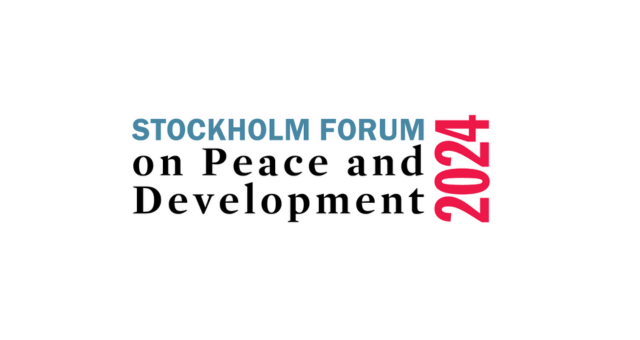Indonesia’s legislative elections: innovations and aspirations
Indonesians at home go back to polls for the fourth time since the fall of Soeharto to vote in general legislative elections this Wednesday, 9 April 2014. And for the first time in its history, Indonesians residing overseas get to vote on a different date than their fellow citizens in Indonesia.
Considering 9 April is not necessarily a holiday outside Indonesia- to be able to cast their ballots on a holiday (last Saturday and Sunday) is one of the innovative measures that is designed to boost voter turnout amongst overseas voters up to 50%, which is a target set by the Indonesian Electoral Commission (KPU). According to Indonesia’s Overseas Voting Taskforce (Pokja PPLN) - a unit within the Ministry of Foreign Affairs that assists the KPU in managing elections abroad - a mere 22.3% of registered overseas voters used their voting rights in 2009.
Aspiration for the future
In 2012 a group of overseas voters filed a petition with the Constitutional Court demanding a dedicated legislative constituency for citizens living abroad because they felt, as Indonesian citizens living abroad, unrepresented by the existing arrangements. Indonesia’s overseas ballots (with a voting population of just over 2 million) are currently merged with those of voters from Central and South Jakarta municipalities, which combined have around 2.3 million registered voters.
The petitioners argued representation would be ineffective because legislators would give most of their attention to voters actually residing in the Jakarta constituencies. They argued that this would ultimately see a drop in turnout of overseas voters, which would be counterproductive to the overall initiative. The Constitutional Court rejected their plea, saying it is not a constitutional question, but rather a policy one, which needs to be dealt with lawmakers. Nevertheless, Indonesians abroad have shown unprecedented determination to have their voices heard and their interests represented.
Unregistered voters to cast their votes
Another innovation is the possibility for unregistered voters to cast their votes on polling day as long as they can produce a valid citizen identity card (accompanied by a ‘family card’), passport or other proofs of identity. This policy, provided in the Legislative Elections Law of 2012, is derived from a Constitutional Court decision issued just days ahead of the 2009 Presidential Elections due to a noticeably high number of unregistered voters then. While unusual, the practice provides every opportunity for any eligible citizen to exercise their voting rights.
Would this allow some people to vote more than once and provide an incentive to ghost voters? Perhaps, but the regulations include some safeguards. Firstly, unregistered voters may only vote within the village where they live as shown in their identity cards (assuming they are not counterfeits). This safeguard would work better in rural settings, where people tend to know each other, compared to in an urban environment where, in Jakarta for example, there could be more than ten thousand inhabitants per village. Secondly, prospective voters must have their fingers checked for ink marks. While many countries mark ink on voters’ fingers to prove that they have voted, not all religiously check this as voters report to the polling place. My fingers, for example, were not checked when I voted at the overseas polling booth in Canberra last Saturday; nor at a polling booth in South Jakarta in 2009. More diligent checking of fingers is something that I aspire for, lest the ink becomes a waste of resources.



